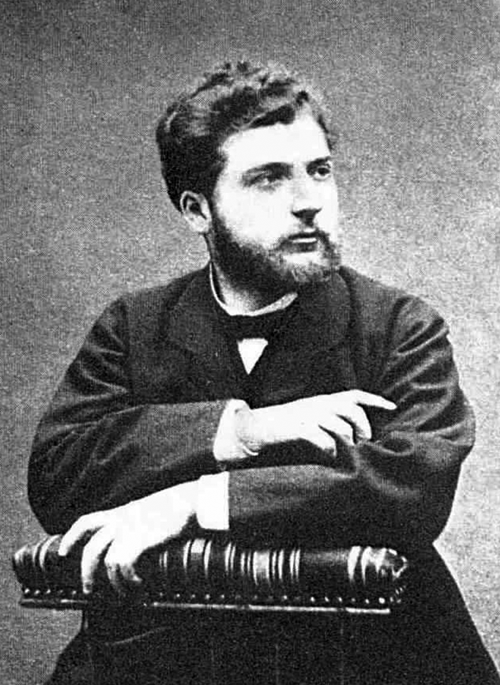
Classical Connections by Colin Kaye
It’s ironic that some of the most evocative Spanish-sounding music was written by composers who were not even Spanish. Until the end of the nineteenth century Spain was rather short on composers, apart from a handful of notable names during the Renaissance. In the late Baroque and Classical periods folk music thrived, though virtually no Spanish composers achieved European recognition.
It wasn’t until towards the end of the nineteenth century that Spanish music came into vogue but surprisingly, not because of Spanish composers. For the sudden popularity in Spanish-sounding music, we have to thank the French. In 1875, the French composer Georges Bizet wrote his Spanish opera Carmen and another Frenchman, Emmanuel Chabrier wrote the popular orchestral piece España in 1883. The main theme of España was later transformed into a ludicrous pop song in the 1950s entitled Hot Diggity and became a number one hit for the American singer Perry Como.
In later years, the French composer Maurice Ravel (whose mother was Basque) also contributed to the Spanish genre, most notably with his well-known orchestral works Rhapsodie Espagnole, the opera L’heure espagnole and the ever-popular Bolero. Ibéria is the most often performed of the three orchestral works by Debussy known as Images for Orchestra.
In 1887 the Russian composer Rimsky-Korsakov wrote his colourful Capriccio Espangnol which was based on Spanish folk melodies. You may recognise some of them.
This exciting rhythmic work was originally conceived for solo violin and orchestra but the composer changed his mind, though some violin solo sections remain. It’s often hailed for its colourful orchestration, which features a large percussion section and many special techniques such as guitar imitations from the string section. Despite the critical praise of the orchestration, Rimsky-Korsakov was evidently annoyed that the other aspects of the piece were being ignored. “The opinion … that the Capriccio is a magnificently orchestrated piece is wrong. The Capriccio is a brilliant composition for orchestra,” he wrote with touching modesty. He went on to explain that the orchestration is an integral part of the work.
It’s often forgotten that Rimsky-Korsakov combined his composing and teaching with a busy career in the Russian military, first as an officer in the Imperial Russian Navy then later as the civilian Inspector of Naval Bands. Through his service as an inspector he developed his knowledge of woodwind and brass playing, which enhanced his abilities in orchestration. Just listen to the confident writing for the woodwind and brass and how he combines unlikely instruments to great effect. Although the music was written by a Russian, it sounds as Spanish as you can get.
One of my first musical disappointments in childhood was discovering that the opera Carmen was not about cars. Carmen of course is a person, a fictitious gipsy girl who works in a cigarette factory in Seville. This in itself is richly ironic because Bizet himself was a heavy smoker who died at the age of thirty-seven from a smoking-related disease. In 1868 he informed a friend that he had been very ill with abscesses in the windpipe. “I suffered like a dog”, he wrote. While completing Carmen, he had been disabled by severe bouts of throat pain which was not helped by long periods of over-work.
Bizet was a brilliant student at the Conservatoire de Paris and an outstanding pianist. As a composer he was not particularly successful until he wrote Carmen which eventually became a huge success, though it was slow to catch on. Bizet died suddenly after the 33rd performance and the musical elite of Paris were stunned. Bizet was completely unaware that Carmen would achieve international acclaim within the following ten years. It’s a sad story but one that could so easily be avoided if the young man had realised that all those cigarettes would not be good for him. We have no idea what other masterpieces he might have achieved.
Carmen contains some gorgeous music, mostly contained in the two suites that were compiled posthumously by Bizet’s friend Ernest Guiraud using Bizet’s original superb orchestration. The Toreador Song from Act Two is among the best known of all operatic arias. It appears in the Suite during the fifth and final movement entitled Les Toreadors (at 10:25). In the late 1950s the song was used in an advertising campaign promoting Esso petrol with the lyrics “The Esso sign means happy motoring”. Oh, and by the way, the name Esso comes from the pronunciation of the initials “S” and “O” in the initials of the parent company, Standard Oil. Not many people know that.
 |
 |





